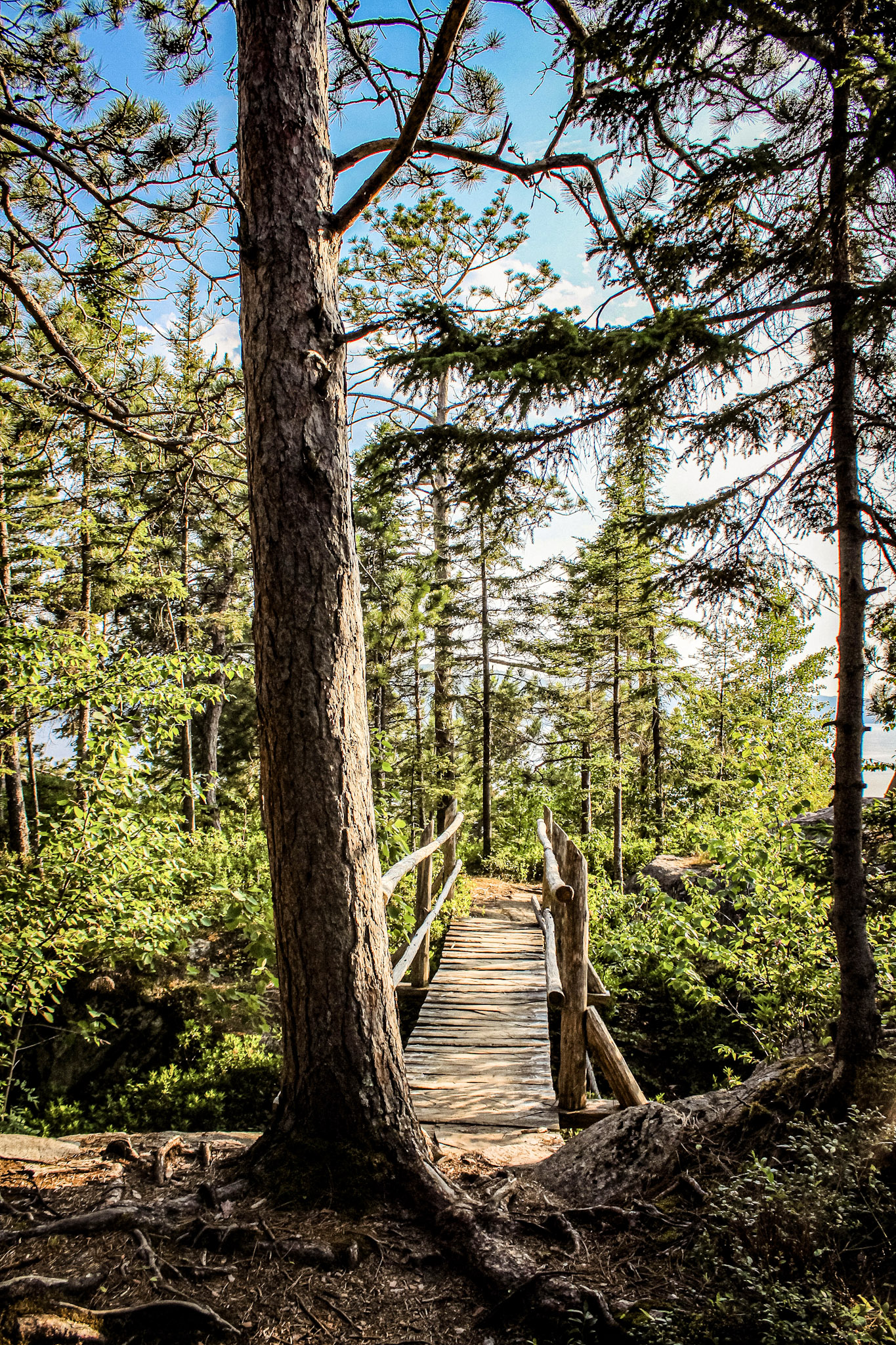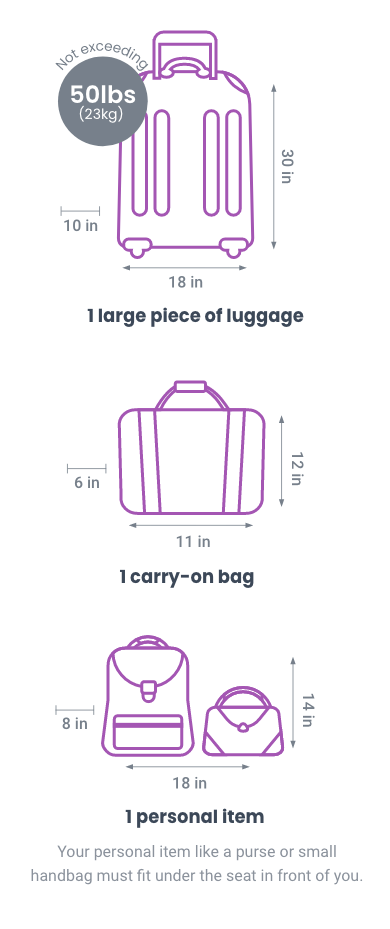About Quebec
Overview
Located in Canada’s eastern region, Quebec is full of narrow cobblestone streets, stone buildings, fortifications, and a rich culture grounded in the French language. Québec City, is a recognized UNESCO World Heritage Site, with its historic walls and buildings from the 17th and 18th centuries still intact. Water is one of Quebec's most important natural resources, with more than one million lakes and rivers to explore. With centuries of history, stunning landscapes and gorgeous coastlines Quebec is easily one of Canada's most beautiful places to visit.
For camping itineraries, please note, this is a participatory camping trip, where all travelers will assist in setting up camp and cooking meals. Guides will teach you the best methods for quick set up and take down of tents and will lead the cooking, providing clear instructions and oversight. If you’ve never set up camp or cooked outdoors before, this is the perfect opportunity to learn under expert supervision!
National Parks: Grands-Jardin National Park - Saguenay Fjord National Park - Tadoussac - Île d'Orléans
Highest point: Le Massif (2,644 ft)
Total Area: 1,511 sq mi
Emergency Number: 911
Outlet: Type A
.jpg)

Packing List
Speak the Language
French is the majority language and Quebec is the only province in which it is the sole official language.
- Good morning - Bonjour
- Good afternoon - Bon apres midi
- Good night - Bon nuit
- Goodbye (to a person leaving) - Au revoir
- See you soon - A bientot
- Thank you - Merci
- How are you? - Ca va?
- I’m fine - Ca va
- I’m Sorry - Je suis desole
Google Translate: Download the Google Translate app or click here.
.jpg)
Training Ideas
If you have access to hiking trails and a schedule to accommodate it begin walking and hiking in hilly/steep terrain. Try to get out at least 3 days a week. Start with short hikes (1-hour in length) with a light daypack. From week to week build the length and difficulty of your hikes and gradually increase your pack weight until you’re comfortably able to hike 6-8 hours a day carrying the weight you’ll have on your trip (refer to your trip packet for exact pack weight). It is ideal to begin your training at least 12 weeks prior to your trip. Also, be sure to use the boots you’ll have on your trip to break them in. The following is how a moderate program may look:
- First week of training
- Tuesday: one-hour hike with a daypack
- Thursday: one-hour hike with a daypack
- Sunday: 2-hour hike with a daypack
- Two weeks before the trip
- Monday: 3.5-hour hike with a 20-pound pack
- Wednesday: 2-hour hike with a 20- pound daypack
- Thursday: 3.5-hour hike with a 20-pound pack
- Sunday: 7-hour hike with the weight you’ll have on your trip
There are many other activities that are easily incorporated into your daily life to build your overall fitness. Cross-training is also important to strengthen opposing muscle groups and it helps to avoid over-use injuries.
Supplemental training ideas include:
- Climb the stairs at your office, house, park, or neighborhood with a backpack. Stair climbing is a fantastic way to simulate backpacking in hilly or steep terrain.
- Bike to work or when running errands. Bike around town or on country roads outside of your town/city. Cycling is a great way to build endurance and strength in your legs.
- Gym activities include step aerobics, treadmill, bicycling, or elliptical trainers to name a few. A modest weight training program focusing on the muscles that support the ankles, knees, back, and shoulders is also beneficial.
- Swimming is a great way to build endurance and cardiovascular fitness and is easy on the joints.
- Walk to work instead of driving. Run your errands by walking and carrying your groceries home in a backpack.
- Yoga and/or Pilates classes can build strength throughout your body while also improving your flexibility.
- Intramural sports.
- Jogging is another option, however, if you are not a regular runner it can easily lead to injuries that backpacking may then exacerbate. Undertake a jogging routine with care.
Tipping
Tipping Suggestions: Tips for Guides, drivers and restaurants are not included. Tips provide supplemental income, and, while not mandatory, are greatly appreciated. If the local teams have added to the experience, please reward them.
| Guides | USD $10-15 per person/per day | |
| Drivers | USD $3-4 per person/per day |
FAQ
Will I get access to water that is safe to drink? Yes, you will have clean drinking water provided at campgrounds in the mornings and at various times during the day. Please bring a water bottle that can carry 2 liters, or a Camelbak or similar.
What is the disposal process for waste? Front country campgrounds will have trash receptacles. The bathroom will also be accessible at campgrounds and during the day.
Do I need a Visa? For Visa information, click here. Make sure your passport is valid for at least six months after you return home and has two or more blank pages. Otherwise, some countries may not let you enter.
Do you recommend travel insurance? While not required, we highly recommend all travelers get travel insurance for their trip to protect themselves from the unknown! Check out travel insurance options from our partner, worldnomads.com or from a provider of your choice.
How much should I pack? As we will be using shared transfers and spaces throughout our tour we recommend all travelers pack as lightly as possible. Please review our luggage restrictions below.
Will we have an experienced Guide? Your tour will be led by a trained, experienced professional with a solid guiding background, years of personal wilderness and hiking experience, medical certifications, and a passion for leading people into breathtaking landscapes.
Important note: Guides are required to take 8 hours of each 24-hour period to sleep, recuperate, take personal/downtime/ etc. In addition, as part of the 8 hours off they must sleep/rest or be in their tents uninterrupted for a minimum of 5 hours each night. We ask guests to respect these requirements and to not interrupt Guides’ time off and sleep time unless there is a true (life-threatening) emergency.
Do you provide any gear? All camping gear except for sleeping bags and pillows will be provided. Our guides carry company-issued first aid kits, satellite phones (for emergencies only) and epinephrine kits (for allergic emergencies).
What about food? We provide a diversity of foods containing the necessary nutrition for sustained energy output. Meals are made from staples that travel well - rice, pasta, lentils, beans, couscous, oatmeal, granola, etc. Meals are also supplemented with trail foods such as crackers, cheese, granola, energy bars, fresh and/or dried fruit, and energy drink mixes.
We regularly accommodate vegetarian diets and will make adjustments for food allergies. If you have any allergies or food intolerances please indicate them clearly on your traveler form.
Important note: It’s critical that you include your dietary needs in your traveler form - it’s too late once you’ve arrived!
What facilities are available? Please be aware that not all campsites have shower facilities. If that is the case, your Guide will take the group to a place to shower. Please have cash or spare change on hand as you may need to purchase shower tokens.
Luggage Restrictions
.jpg)

.jpg)
